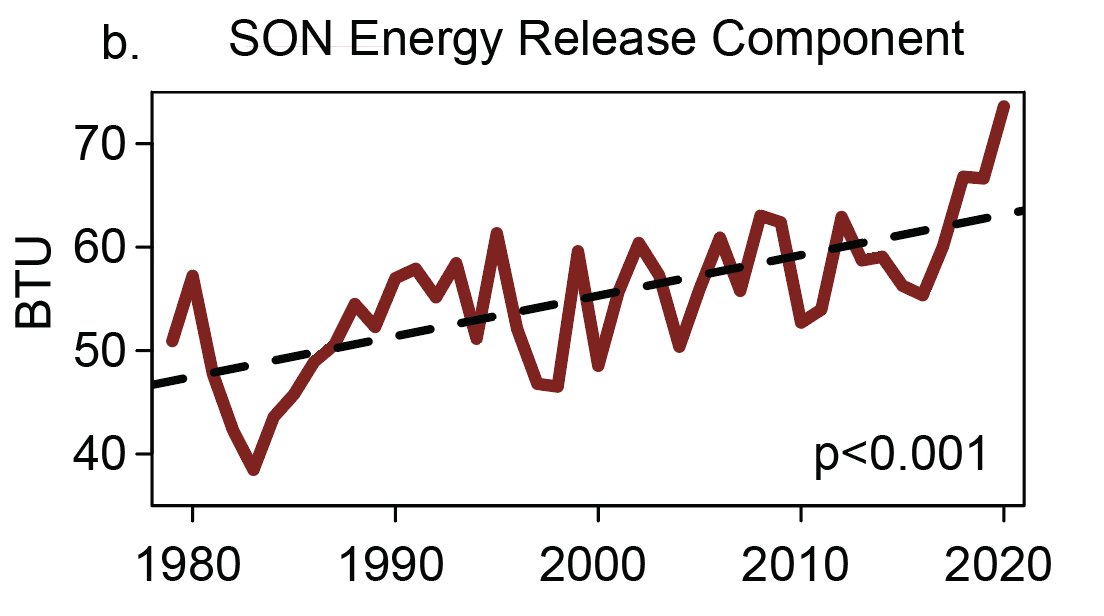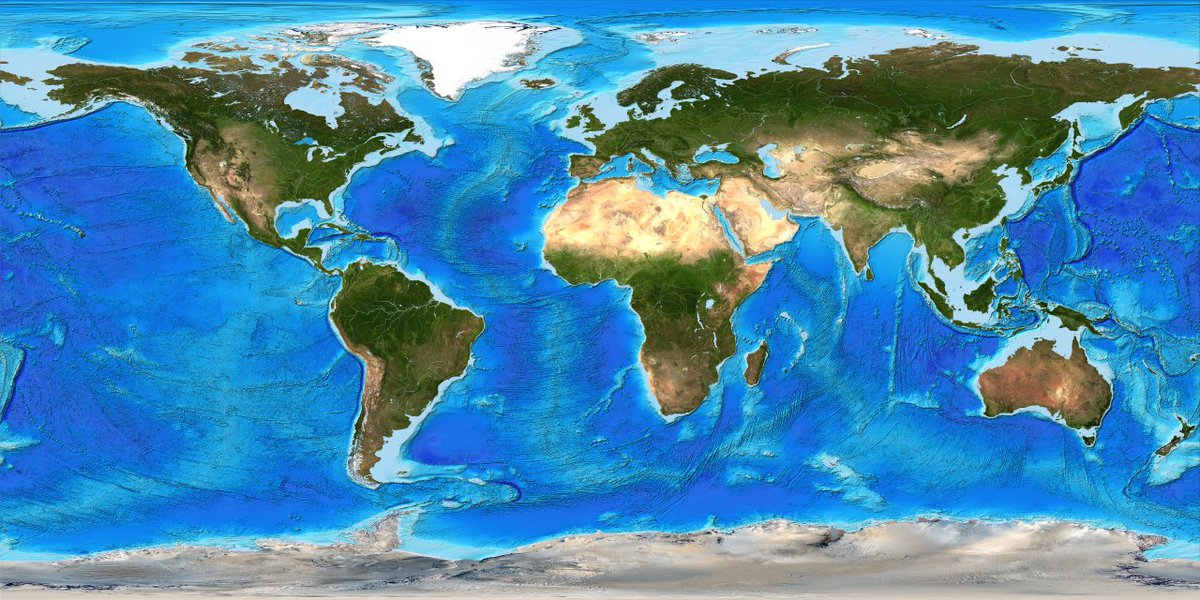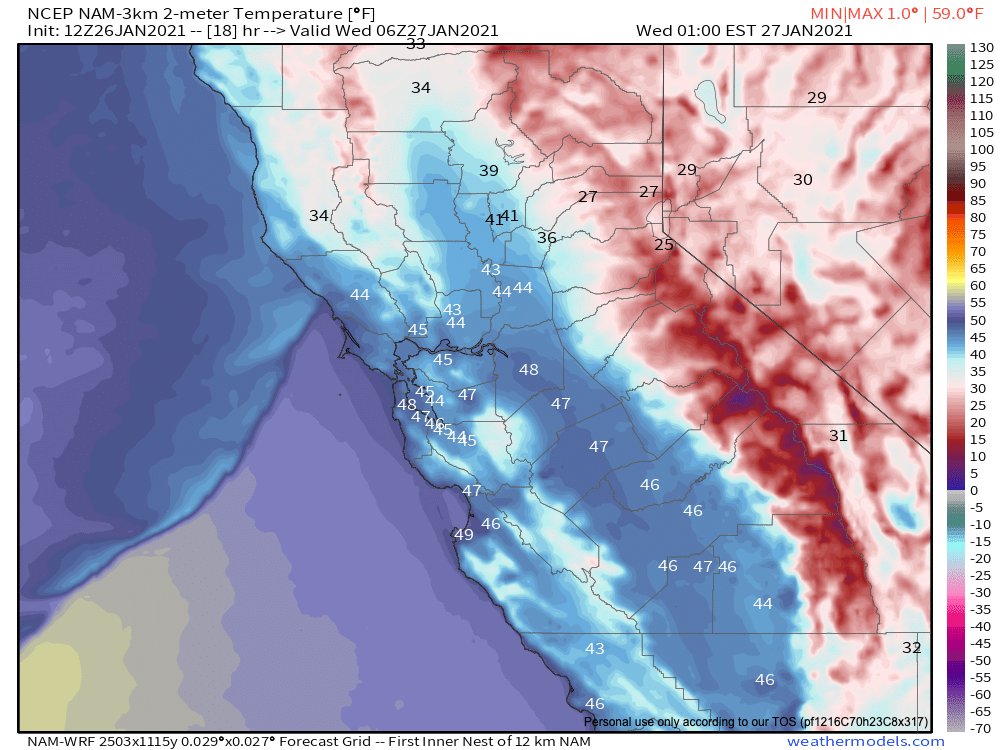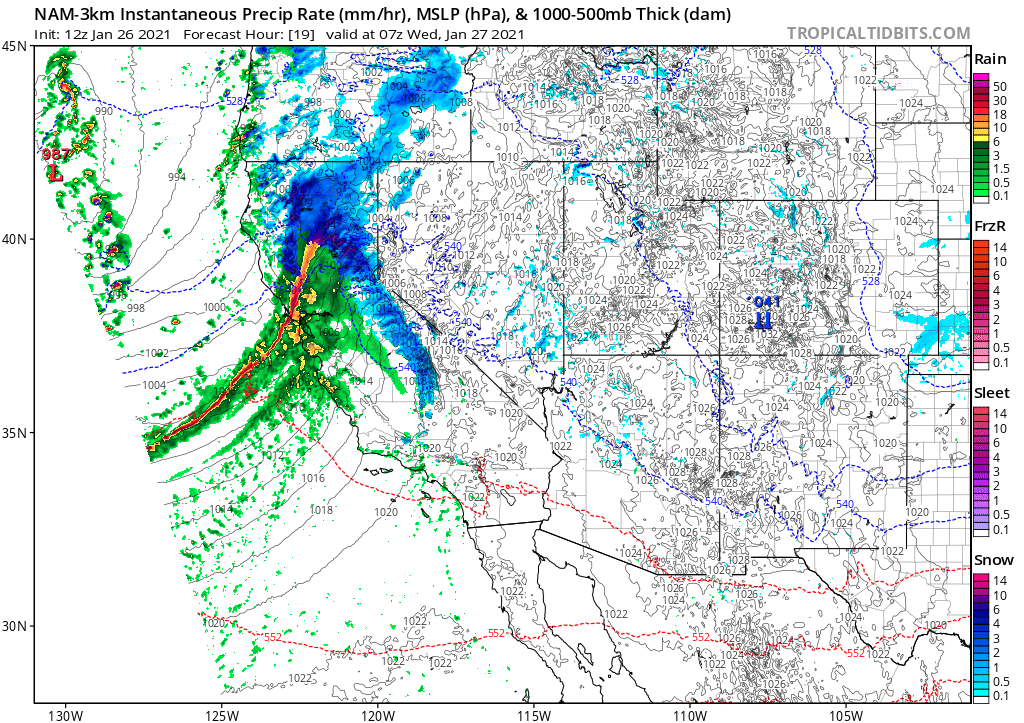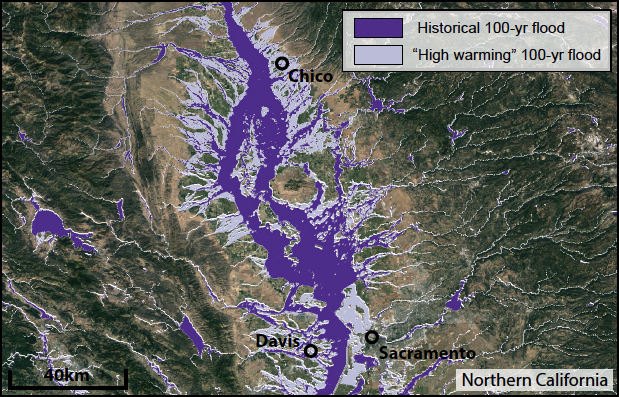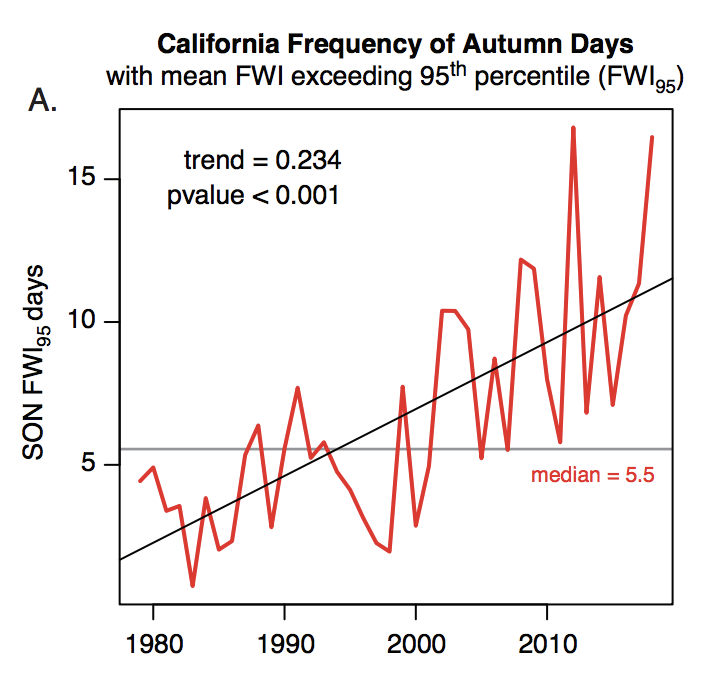
March 1st update: 2020-2021 "wet season" in California remains dismally dry in most places. In fact, wide swaths of both NorCal & SoCal are well under 50% of average precipitation. It has also been a warmer than average winter overall, despite some cold interludes. #CAwx #CAwater 



Statewide average snowpack has quickly fallen from late January highs (around 70-75% of average for the date) to around 61% of average for the date as of Mar 1. #CAwx #CAwater 

Outside of a brief period of possible showers across coastal SoCal on Wednesday, the next ~5 days still look very dry across most of CA. #CAwx 

Thereafter, however, precip prospects do look somewhat better. A rather cold trough-y pattern will develop over the Pacific Northwest heading toward mid-March, and there will likely be occasional opportunities for cool storm systems to affect state during 6-10+ day period. #CAwx 

There are currently no signs of major storms or heavy precipitation that would help mitigate the accumulated deficit. But there is at least the possibility that occasional light to moderate rain/mountain snow will keep pace with early March averages for a week or two. #CAwx 

• • •
Missing some Tweet in this thread? You can try to
force a refresh


